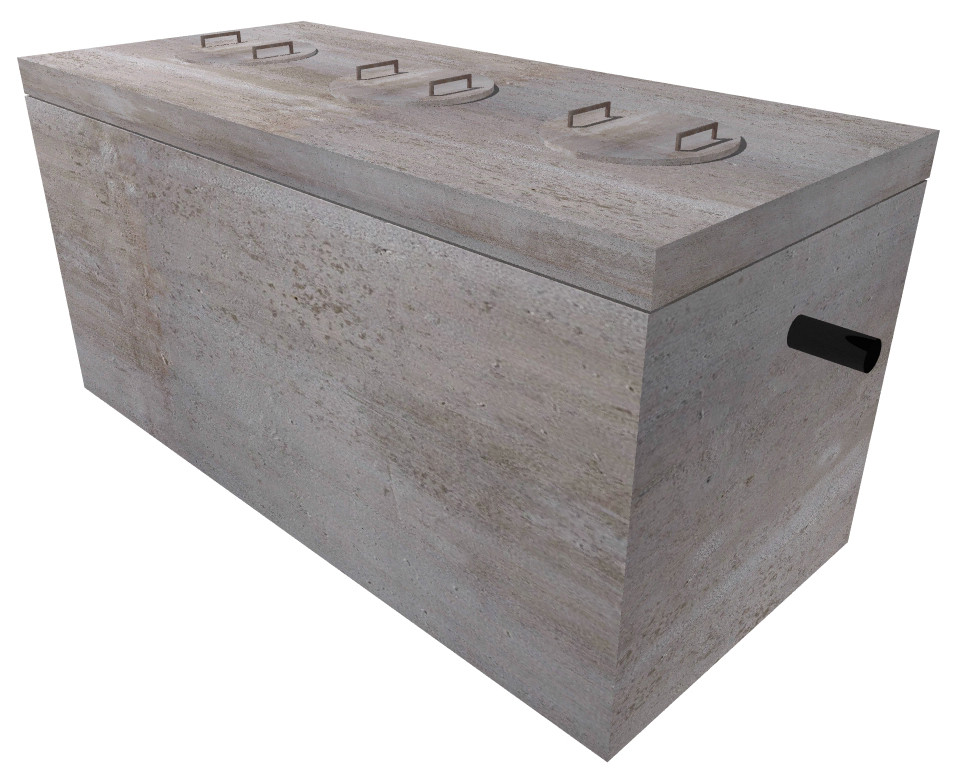Sewage-disposal Tank Solutions Unraveled: From Setup to Upkeep-- Your Complete Overview
Are you battling to understand the ins and outs of septic tank services? Plus, we'll also share some useful DIY tips to maintain your septic tank running efficiently. Obtain all set to come to be a septic container specialist!
Septic Tank Installation Refine
When mounting a septic container, you will certainly need to carefully dig deep into a hole in the ground. Make use of a backhoe or an excavator to dig a hole that is broad and deep adequate to fit the size of your septic tank.

After the base is prepared, meticulously reduced the septic tank right into the opening using a crane or various other lifting tools. Make certain to place the storage tank appropriately according to the layout plans and regional laws. When the tank remains in area, backfill the opening with dirt, ensuring to portable it in layers to avoid settling.
Lastly, link the inlet and outlet pipelines to the sewage-disposal tank, ensuring proper positioning and tight seals. It is important to comply with neighborhood pipes codes and policies when connecting the pipelines. septic service.
Necessary Equipment for Sewage-disposal Tank Maintenance
One of the most crucial items of equipment is a septic container pump. A septic container therapy item can be utilized to preserve the wellness of the bacteria in the container. By having these crucial tools, you can make sure the appropriate maintenance of your septic tank and lengthen its life expectancy.
Routine Sewage-disposal Tank Pumping Arrange
To preserve the health and efficiency of your septic system, it is necessary to establish a regular pumping routine. Routine pumping aids stop the buildup of solid waste and makes sure the correct performance of your septic tank. The regularity at which you should pump your septic storage tank relies on various variables, consisting of the size of your tank, the number of individuals in your home, and your water use.
As a general guideline, it is advised to have your sewage-disposal tank pumped every 3 to 5 years. Nonetheless, it is critical to check your tank's condition consistently and change the pumping timetable appropriately. If you observe any type of signs of a full storage tank, such as sluggish drains, odors, or sewer back-ups, it is crucial to have your storage tank pumped immediately.
Along with normal pumping, correct upkeep and treatment are essential to extend the life-span of your septic tank. Avoid purging non-biodegradable things, such as diapers, paper towels, or a fantastic read oil, down the tubes. These can clog your system and lead to costly repair work.
Indicators of Septic Tank Problems to Keep An Eye Out For

DIY Tips for Septic System Maintenance
Take proactive actions to keep your septic tank by routinely pumping it. As a basic rule, it is recommended to pump your septic tank every 3 to 5 years. One more crucial Do it yourself suggestion for septic storage tank upkeep is to be mindful of Learn More Here what goes down your drains pipes.

Conclusion
Normal pumping, seeing out for indications of issues, and complying with Do it yourself tips can help you maintain your septic container in excellent condition. Keep in mind, appropriate upkeep is crucial to avoid expensive repair work and keep your septic tank running smoothly.
A septic storage tank treatment item can be made use of to preserve the health of the germs in the tank.To maintain the health and effectiveness of your septic container, it is necessary to develop a normal pumping timetable. The frequency at which you ought to pump your septic container depends on numerous elements, including the size of your tank, the number of individuals in your household, you can look here and your water use.
If you observe any type of indications of a full storage tank, such as slow-moving drains, odors, or sewer backups, it is essential to have your tank pumped right away. - septic service
Routine pumping, watching out for indications of problems, and complying with DIY suggestions can aid you maintain your septic storage tank in great problem.